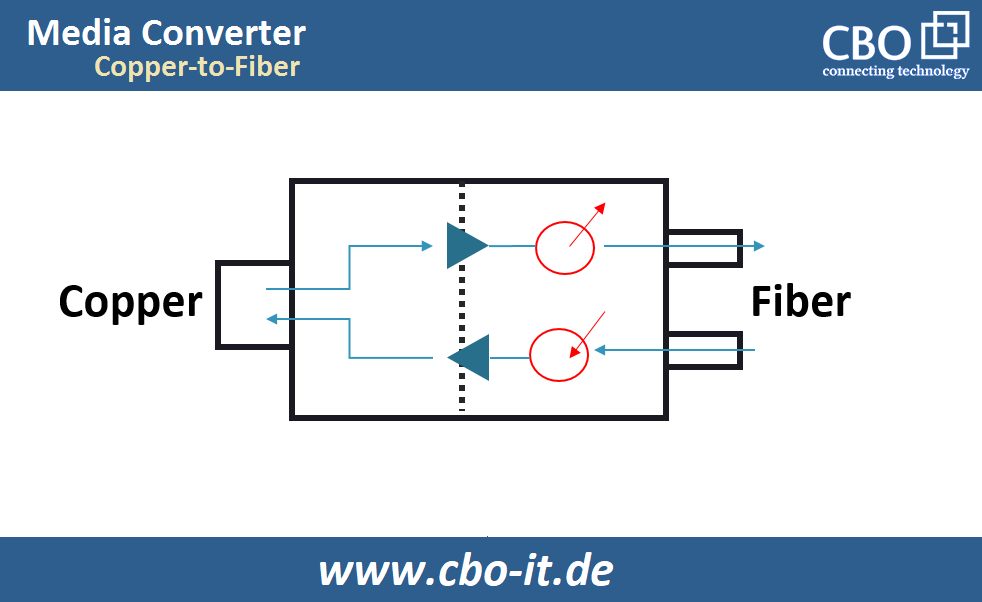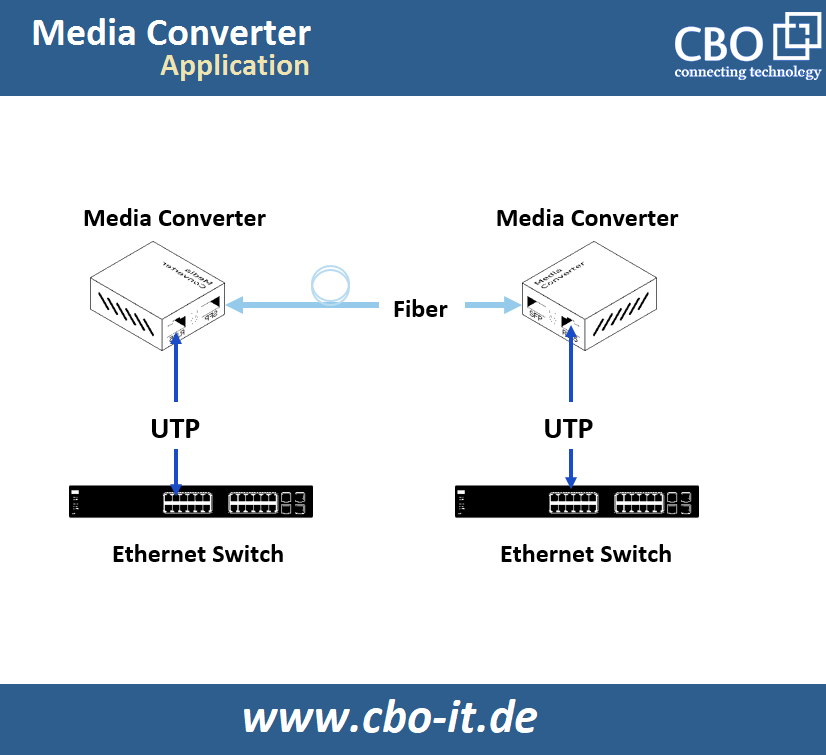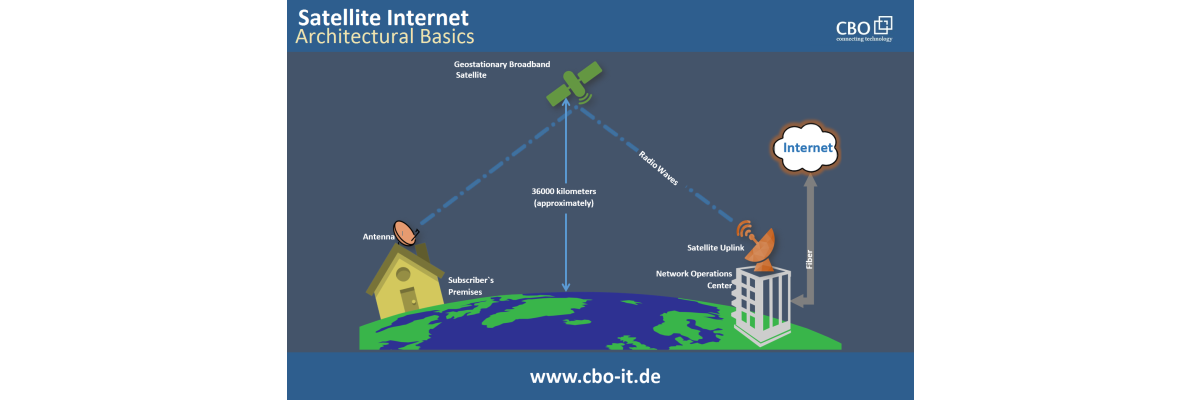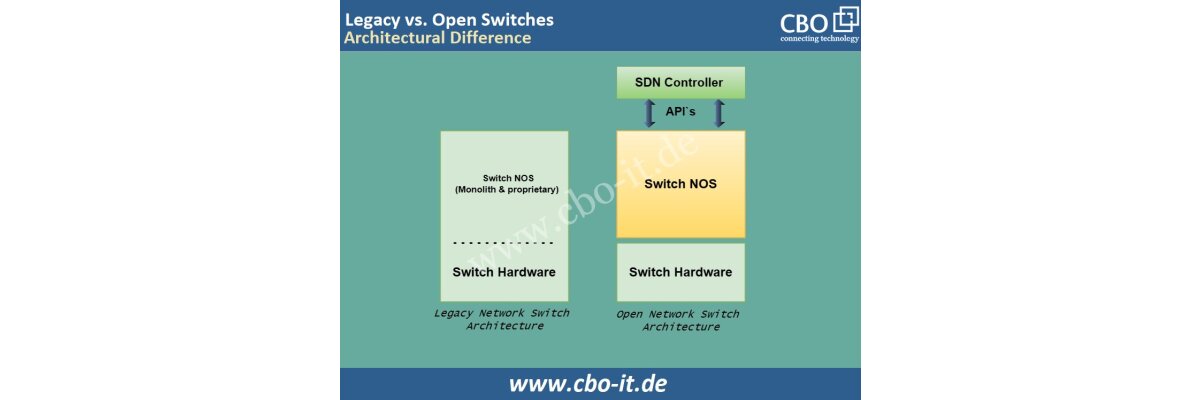By definition, a media converter is a flexible and cost-effective device designed to implement fiber links in almost every kind of network. Today, we have different types of media converters available on the market.
The most often deployed type of media converter is a device that acts as a transceiver, which translates the electrical signals to light waves. Fiber optic connectivity becomes inevitable where the distances between two or more networking devices are greater than copper cable's transmission distances. Now let us discuss the benefits of media converters.

Cost Savings
The biggest challenge for businesses and governments to use a fiber-optic network is that 80% of the wiring in today's LANs continue to be copper, while the physical layer infrastructure of MAN and WAN is always fiber. The migration of Ethernet and other protocols from the LAN (Local Area Network) to the MAN and WAN requires that copper and fiber coexist. Media Converters offer the flexibility to expand and upgrade your network incrementally, allowing you to preserve your investment in legacy equipment while upgrading particular sections of your network for better performance. Their small size also makes them portable and re-deployable as your network needs change.
Distance Extension
Multi-mode fiber is predominately found in local area networks, a special type of Media Converter can connect these two environments, effectively extending the distance of your network by 15 km, far past the 2km limitation of the multi-mode fiber.
Media converters can also be used to extend the distances between Ethernet nodes. For example, when two 100BASE-TX to 100BASE-FX converters (such as the ET9003SC and ET9003ST) are used back to back, they provide a simple way to extend the distance between two devices up to 2km meters (6600 feet) without having to use a repeater.
When Should I Use Media Converters?
Media conversion provides flexibility by enabling seamless interoperability between existing copper structured wiring systems and the latest optical switches. In this way, you can preserve your investment in legacy equipment while you upgrade particular sections of your network for better performance. Media conversion enables network extensions to great distances over fiber optic cabling, such as interconnecting many Local Area Networks (LANs) over Metropolitan Area Network (MAN).

Media Converters allow the use of fiber where and when it is needed, effectively integrating new equipment into your existing cabling network. How do you know if you should use Media Converters? Copper is generally limited to about 300 feet. You will need to use fiber if your goal is to extend your network's distance beyond copper's limits. If all of your available device ports are copper, but your cabling is fiber, you'll need a Media Converter. If the switch or network interface card (NIC) manufacturers pricing for native fiber is too high, or if the switch manufacturer does not make the desired fiber configuration you need, then you should consider a media converter.
How Do I Install Media Converters?
A Media Converter can be installed in seconds. Connecting a patch cable to a switch (i.e. installing an RJ45 to Fiber stand-alone Media Converter) is as easy as 1-2-3:
- Plug the copper cable into the Media Converter's RJ-45 port
- Plug the fiber cable into the Media Converter's fiber optic port
- Connect one end of the power supply into the Media Converter, and plug the other end of the power supply into an electric socket.
Conclusion
Media converters support a broad range of data rates, media types and protocols. They are cost-effective and flexible devices available for the implementation and optimization of optical fiber links in almost all kinds of networks.
 English
English
 Deutsch
Deutsch
 Espaniol
Espaniol










